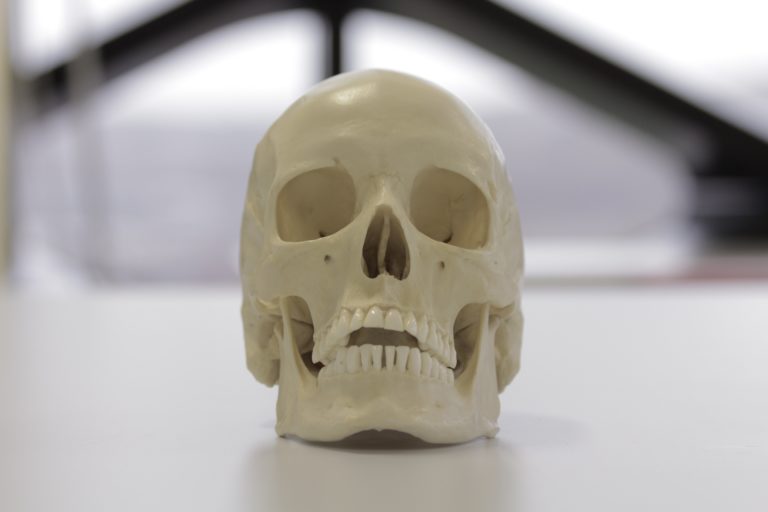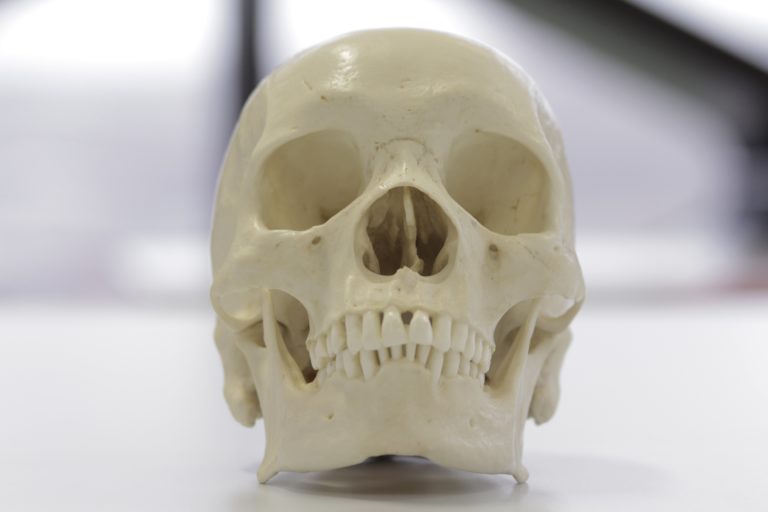Home / Law / Biology & Biotechnology / Forensic Facial Reconstruction: Finding Mr. X / Identifying the ethnicity of a skull
This article is from the free online
Forensic Facial Reconstruction: Finding Mr. X


Reach your personal and professional goals
Unlock access to hundreds of expert online courses and degrees from top universities and educators to gain accredited qualifications and professional CV-building certificates.
Join over 18 million learners to launch, switch or build upon your career, all at your own pace, across a wide range of topic areas.


 Asian skulls can have circular orbits and a ‘heart shaped’ nasal aperture. The nasal bridge is often less pronounced than in European skulls. Asian skulls tend to have distinctive shovel-shaped upper incisors.
Asian skulls can have circular orbits and a ‘heart shaped’ nasal aperture. The nasal bridge is often less pronounced than in European skulls. Asian skulls tend to have distinctive shovel-shaped upper incisors. African skulls can have more rectangular-shaped orbits when compared to European and Asian skulls. The nasal aperture is usually wide and the nasal bridge tends to be very flat. The jaw often protrudes significantly from the rest of the face, which is known as prognathism. The teeth are usually large with wider spacing between them than in other races.
African skulls can have more rectangular-shaped orbits when compared to European and Asian skulls. The nasal aperture is usually wide and the nasal bridge tends to be very flat. The jaw often protrudes significantly from the rest of the face, which is known as prognathism. The teeth are usually large with wider spacing between them than in other races.





